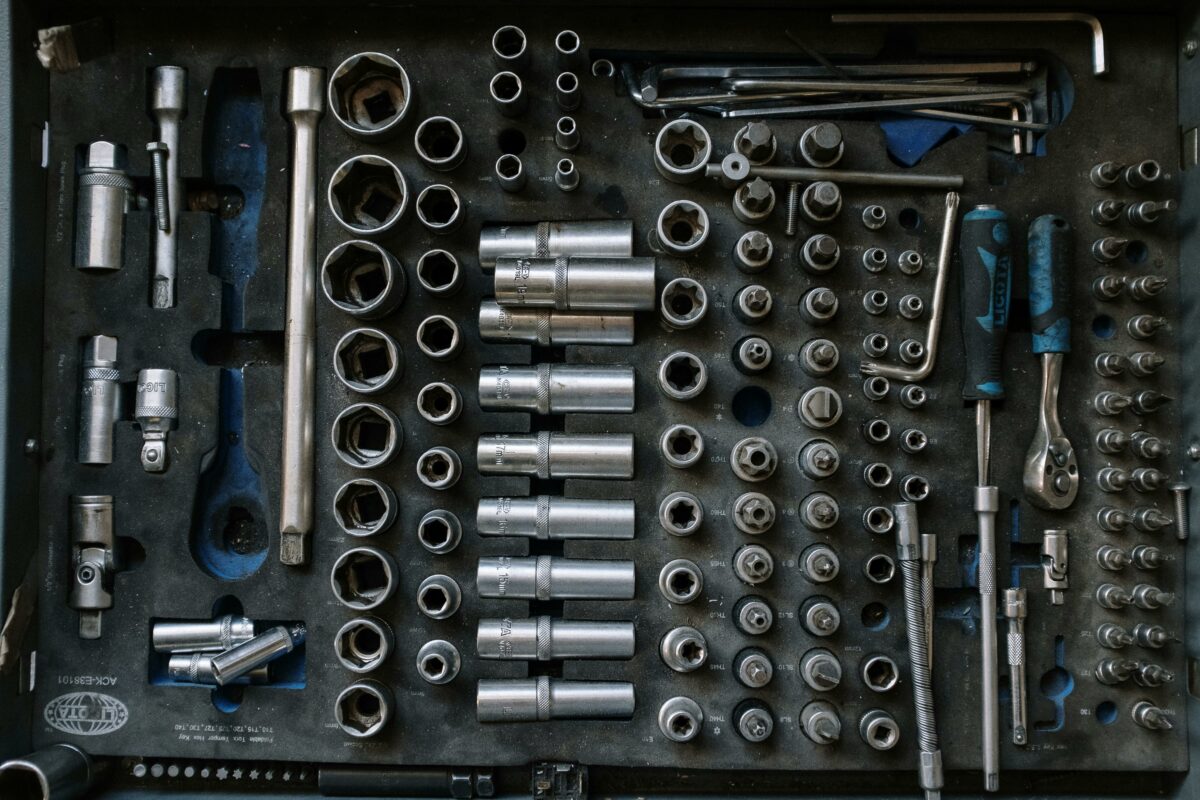In the world of metalworking and crafting, precision and quality factory finish are paramount. Among the arsenal of tools at the disposal of artisans and professionals, one stands out for its versatility, efficiency, and effectiveness – the swaging tool. This unassuming yet indispensable instrument has been a cornerstone of various industries, shaping materials with precision and grace. Let’s delve into the depths of this tool, its origins, uses, types, benefits to Australians, where to find them, and address some FAQs.
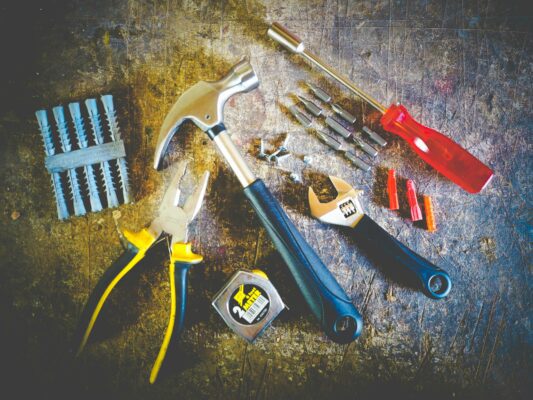


What is a Swaging Tool?
A swaging tool is a device used to shape or form metal or other materials by using compressive force. It achieves this by deforming the material, either by stretching it over a mandrel or by reducing its diameter, typically through a series of dies. This process allows for the creation of intricate shapes and seamless connections in various applications.
Origins of the Swaging Tool
The roots of swaging can be traced back to ancient metalworking techniques, where artisans used manual processes to shape metals. Over time, advancements in technology and engineering led to the development of specialized tools, giving rise to the modern swaging tool we know today.
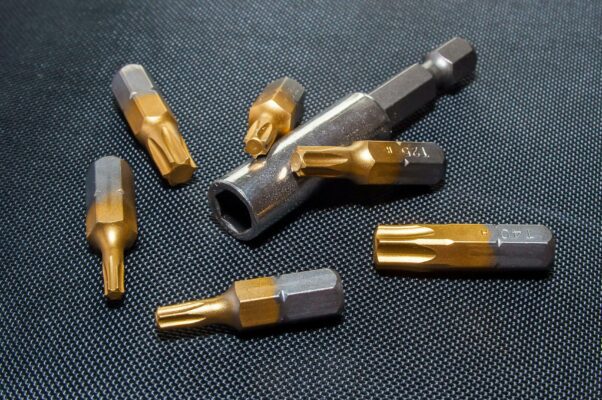


Uses of Swaging Tools
The applications of swaging tools are diverse and extensive, spanning across industries such as aerospace, automotive, construction, marine, and beyond. Some common uses include:
- Wire Rope and Cable Assembly: Swaging tools are used to create strong and secure connections in wire rope and cable assemblies, ensuring reliability and safety in lifting and rigging operations.
- Pipe and Tube Fittings: In plumbing and hydraulic systems, swaging tools are employed to create tight and leak-proof connections in pipes and tubes, enhancing efficiency and durability.
- Fencing and Balustrade: Swaging tools are indispensable in the fabrication of fencing and balustrade systems, enabling the assembly of sleek and sturdy barriers for residential and commercial applications.
- Jewellery Making: Jewelry artisans utilize swaging tools to shape and join metal components, allowing for the creation of intricate designs and patterns in earrings, bracelets, and necklaces.
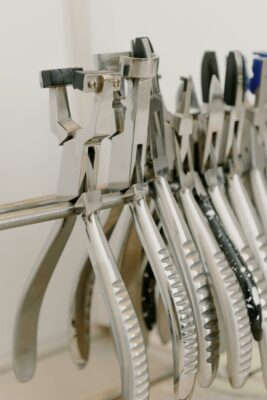


Different Types of Swaging Tools
Swaging tools come in various forms to cater to different requirements and applications. Some common types include:
- Hand Swaging Tool: Hand swedgers are manually operated tools used for small-scale swaging tasks. They typically consist of handles and jaws that compress fittings onto wires or cables.
- Hydraulic Swaging Tool: Hydraulic swagers utilize hydraulic pressure to compress fittings onto wires or cables. These tools are capable of handling larger diameter cables and provide greater force compared to hand swedgers.
- Pneumatic Swaging Tool: Pneumatic swaging tools use compressed air to generate force for swaging operations. They are suitable for medium—to heavy-duty applications and offer faster operation than manual tools.
- Electric Swaging Tool: Electric swagers are powered by electricity and offer consistent and precise swaging results. They are often used in industrial settings where high production rates are required.
- Bench-Top Swaging Machine: Bench-top swaging machines are stationary units designed for heavy-duty swaging tasks. They are equipped with various dies and are capable of handling large-diameter cables with ease.
- Rotary Swaging Machine: Rotary swaging machines employ a rotary motion to compress fittings onto wires or tubes gradually. They are used for high-volume production and can achieve complex swaging patterns.
- Press Swaging Tool: Press swaging tools utilize mechanical force applied through a press mechanism to deform fittings onto wires or cables. They are commonly used in manufacturing environments for consistent and precise swaging results.
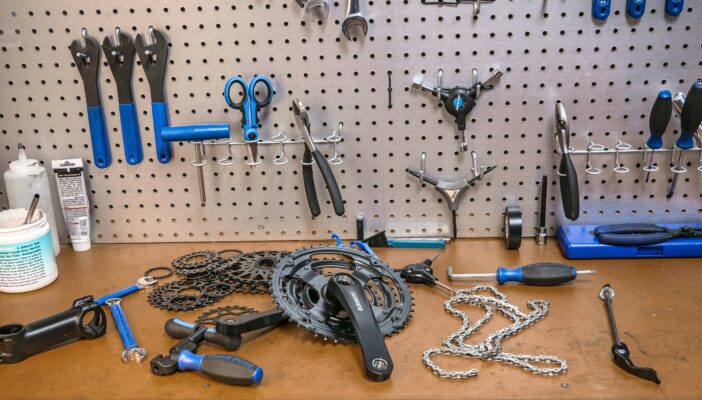


Benefits to Australians
In Australia, where industries thrive on innovation and quality craftsmanship, swaging tools play a crucial role in driving efficiency, productivity, and safety. By enabling precise shaping and assembly of metal components, these tools contribute to the success of various sectors, from construction and mining to agriculture and manufacturing. Additionally, their versatility and reliability make them indispensable assets for Australian businesses seeking to maintain a competitive edge in the global market.
Famous Stores to Find Swaging Tools in Australia
- Bunnings Warehouse: With numerous locations across Australia, Bunnings offers a wide range of swaging tools and accessories to cater to the needs of DIY enthusiasts and professionals alike.
- Total Tools: As a leading supplier of quality tools and equipment, Total Tools stocks a comprehensive selection of swaging tools from renowned brands, ensuring reliability and performance.
- Hare & Forbes MachineryHouse: Specializing in machinery, tools, and accessories, Hare & Forbes MachineryHouse provides an extensive range of swaging tools and related products for various industrial applications.
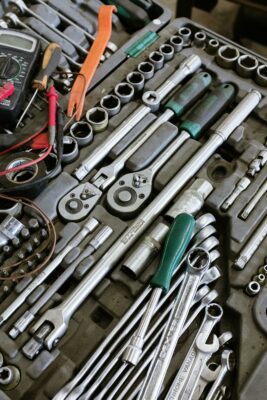


FAQs about Swaging Tools
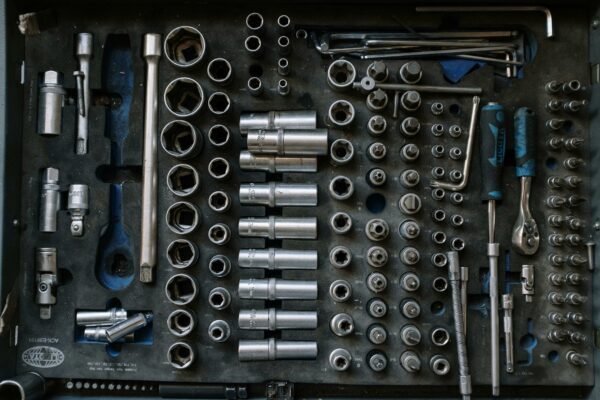


Swaging tools represent a cornerstone of modern craftsmanship, offering unparalleled versatility, precision, and efficiency in shaping metal components. From humble beginnings to widespread adoption across industries, these tools continue to play a vital role in driving innovation and excellence in Australia and beyond. Whether it’s constructing towering skyscrapers or crafting intricate jewellery pieces, the impact of factory quality swaging reverberates throughout the fabric of Australian society, shaping a future built on precision and ease of operation.
